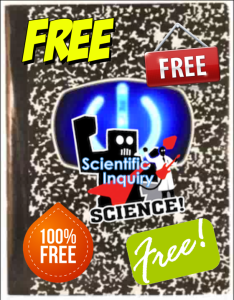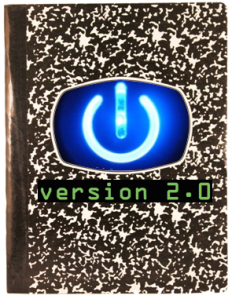 One of the most successful things I’ve ever done as a teacher (digitally or otherwise) is creating a way for my students to track and reflect on their learning progress. It’s one of those things that seems so obvious once you do it, but it took me 11 years of teaching to finally try it out this past year. The feedback from my students was so overwhelmingly enthusiastic that I can say unequivocally: whether you’re a “high tech” or “low tech” teacher, you NEED to try this out with your students!
One of the most successful things I’ve ever done as a teacher (digitally or otherwise) is creating a way for my students to track and reflect on their learning progress. It’s one of those things that seems so obvious once you do it, but it took me 11 years of teaching to finally try it out this past year. The feedback from my students was so overwhelmingly enthusiastic that I can say unequivocally: whether you’re a “high tech” or “low tech” teacher, you NEED to try this out with your students!
Learning Logs are not a completely new idea of course, in essence they are simply a progress chart, but I was reminded by reading Marzano’s classic book The Art and Science of Teaching that they can be so much more than that- especially in our new standards-based era of grading and assessment. By design, standards-based grading gives students more information, instead of an overall numerical grade they receive more specific feedback about each of their learning goals. But more information is not necessarily better. What I’ve discovered is that often students become so inundated with standards-based marks that they lose the bigger picture of what they are learning well and what they are not. And don’t even get me started about the so-called “standards-based” reporting systems (cough! cough! -PowerSchool- cough! cough!)…
The purpose of a Learning Log is two-fold: first, it is a tool that students use to keep track of the many standards-based grades they receive, in an organized way that makes it easy for them to see their progress. Secondly, the act of keeping a Learning Log gives students the opportunity to reflect on this progress, which encourages students to be proactive when there’s something they haven’t mastered yet. Learning Logs also become habit-forming; every time my student received feedback on their learning, whether it was an assessment or homework I graded, or even a quick formative assessment in class that could be peer or self-assessed, they would add it to their Log. After a couple of weeks my students were so into their Logs that they were reminding me about filling them out! (more…)
Read Full Post »
 This unit is designed to teach students about the complex interactions and relationships between organisms and the environment in different ecosystems. The majority of the unit focuses on population interactions and energy flow in ecosystems, but it also dabbles a bit in natural selection to help explain adaptations (evolution is more thoroughly taught in my school at the 8th grade level). This unit culminates with a trip to a very unique ecosystem near my school: the mangrove wetlands of Qatar. If you’re teaching ecosystems, I highly recommend that you tailor it to the local environment to make it as authentic as possible! (more…)
This unit is designed to teach students about the complex interactions and relationships between organisms and the environment in different ecosystems. The majority of the unit focuses on population interactions and energy flow in ecosystems, but it also dabbles a bit in natural selection to help explain adaptations (evolution is more thoroughly taught in my school at the 8th grade level). This unit culminates with a trip to a very unique ecosystem near my school: the mangrove wetlands of Qatar. If you’re teaching ecosystems, I highly recommend that you tailor it to the local environment to make it as authentic as possible! (more…)


